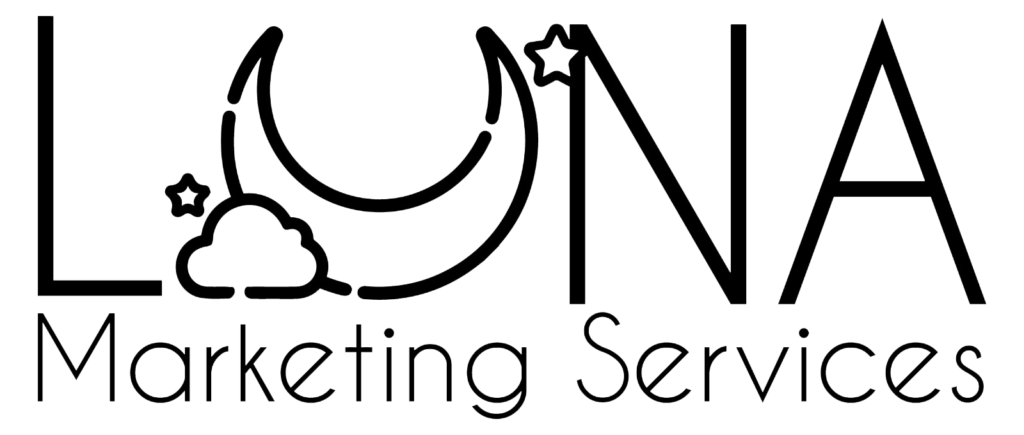
About a decade ago, I was a fresh-faced college graduate searching for my first job when I accepted a position as a Community Manager at a particular business. Despite the attractive job title, my experience there left much to be desired. The company was in disarray, and the job was anything but fulfilling. To this day, I choose not to include this position on my resume or LinkedIn profile.
One of the things I remember the most about this one job was how I found super annoying the way they did their Social Media and their ads. They were that kind of business that had “partners” who sold their products – think about it as CyZone, or Avon, or anything of that sort – and will constantly advertise to get more partners to come and “start their business” but at the same time wanted to promote the products to the final consumers. I remember calling their attention to the fact that it was hard to understand if they were targeting the partners or the final consumers; however, each time I asked them who they wanted to reach with their posts, they always answered that they just wanted to reach everyone.
My time there was short but taught me something important: it is hard to deliver a message when you do not have a clear target.
What is a Target Audience?
As defined by our friends in Wikipedia, a target audience is the intended audience or readership of a publication, advertisement, or other message catered specifically to said intended audience. In short, your target audience is the person you want to reach.
Why Are Audiences Important?
Defining your target audience is crucial for success. Knowing who you are talking to can help you:
- Deliver your Messages More Effectively.
- Reducing Costs.
- Improve your Conversion Rates.
- Have Better Engagement.
How Do I Define my Audience?
The first step to defining your target audience is to understand your product or service and the needs and preferences of your potential customers. Once you have identified the key features and benefits of your product or service and what problem you are solving, you will understand better what your target audience is looking for.
As a second step, you should define the possible target audience characteristics: age, gender, location, interests, behaviors, and job titles. You can use market research and analytics tools to gather data on your target audience – including profiles and information from previous clients – then analyze the data and identify commonalities and trends among your audience. For example, you may find that your product appeals more to women over 35 who are interested in health and wellness.
Once you have the results of your analysis, you can start refining your target audience. Start by revising the original list of characteristics or traits you defined and eliminate the non-relevant ones. Focus on the most critical factors that define your audiences accurately.
Alternatively, you can work on creating Buyer Persona that represent your target audience which will help you create more personalized and targeted messaging that speaks directly to your audience’s needs and interests
Remember, knowing your audience is key to building lasting relationships with them. Start today and unlock the potential of your marketing efforts!





